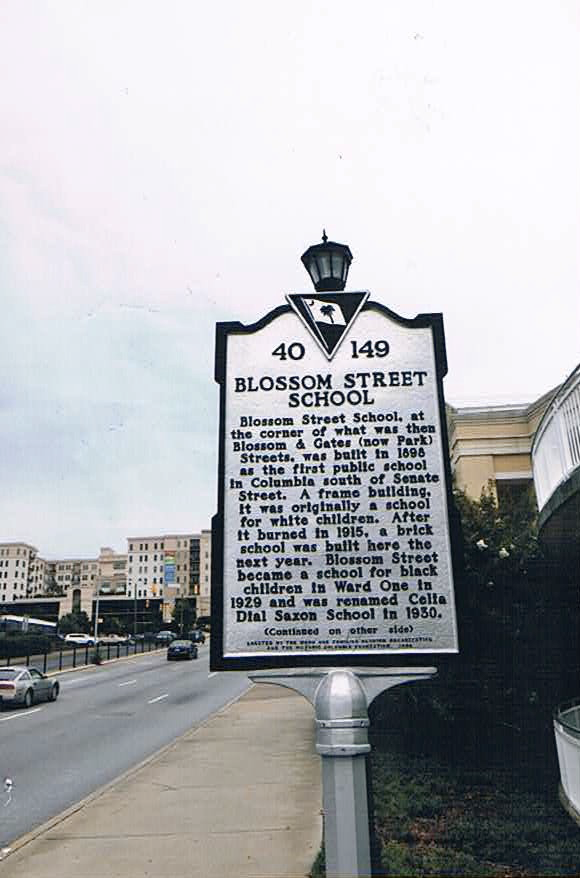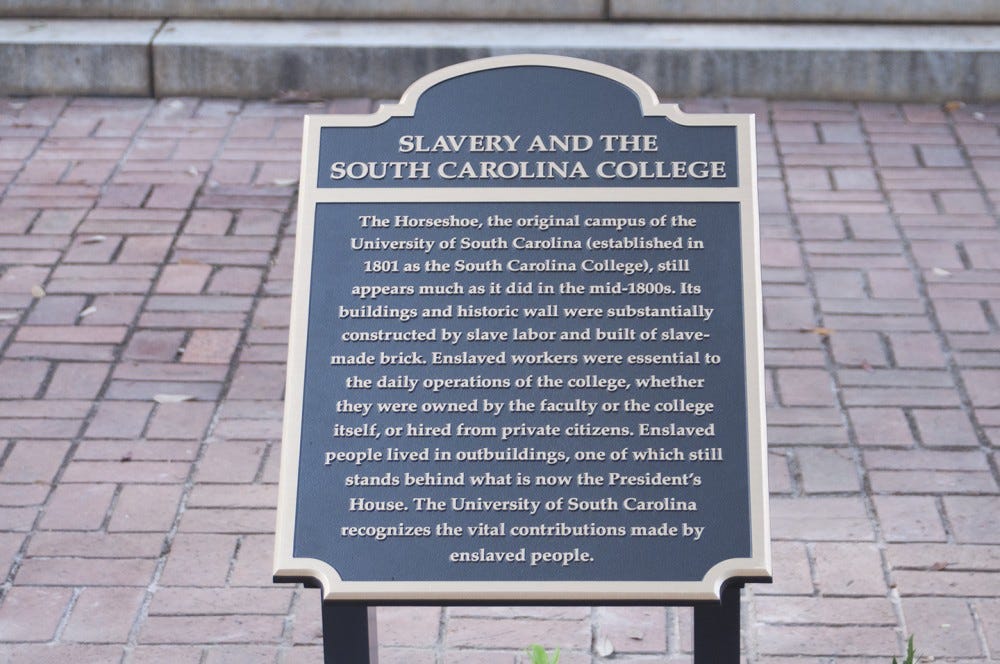The side-effects of livable cities
Any direction leaves somebody behind. In architecture, one of the tasks are to design spaces with certain functionalities that induce certain atmospheres through its spatial frame and social life. Choosing the infrastructure of a space is to embody the space with ideas of what that space should be. It is equivalent to pointing the kind of social life, which is to be lived there, in a certain direction.
It is clear that certain functions fit some demographic groups better than others: Public spaces equipped with basketball courts summon young men as they typically find such spaces attractive – there, they can easily convene, socialize and spend their time joyfully. It does not, however, attract older populations. In Copenhagen especially, we have seen an architectural as well as policy-based bias towards to the young, cool and certainly lively population (and mostly towards sports where men are over-represented). Why?
Cities are competing with each other to have a high ’livability’ score – that is, being attractive to investments and tourists – which may guide investments in the direction of building cities that are ’lively’ in a specific way. It is not a problem that public spaces have outdoor fitness spots, ping pong tables or basketball courts, but whenever a public space is transformed into a fitness-scape, then older people, people with disabilities or people who simply enjoy tranquility have the risk of being pushed out of their public spaces and into their private ones. ‘Livable’ public spaces in cities then become unlivable for some.
Is there a way to think about public spaces that is not in the risk of losing their hip functionality while still being inclusive? Three of the four levers of change could work together in solving this problem. At the policy-level, policy-makers could force architects to think about their implicit biases towards certain populations. Architects could design their spaces as in order to create certain norms of inclusion: changing spaces also changes the norms that are created within it, as well as thinking differently about the population who feels invited to that space. Code is a hard one in this regard, because the older population is excluded by code in the first place – so reaching them or changing their behavior or others’ behavior in relation to them by the means of code seem very difficult. At the market level, spaces are transformed by the commercial clientele that is attracted. In public spaces, commercial enterprises like cafés invite people to dwell in those places. Establishing enterprises that invite other populations than offered by the social space in the first place may be a way to transform the general activities and life of that space.
If not deliberation, then what?
The public sphere is (theoretically) supposed to be a rational and deliberative space where people who share a political community – a city, a region, a nation, … a world? – should come together and discuss issues of common nature. Numerous models of how this is done has been proposed, but what is the problem of non-deliberative public spheres? Do people not deliberate because they do not have to same or equal amounts of information, because they do not trust each other, because they are hostile towards each other, not playing fair? Is it because they only talk to people who agree with themselves or are of the same demographics? Is it a compound? Conversely, if anyone agrees, do we then have a public sphere at all? Does the public sphere need disagreement or, last but not least, mistrust, as Pierre Rosanvallon argues in Counter-Democracy? In other words, are polarization – to take one example of what is normally perceived as an unhealthy opinion ecosystem – the effect of pure emotion, information deficits, attention deficits, or simply the nature of political conversation?
The problem has often been approached as the lack of information in terms of fixing the problem via the levers of change: By code, software has been created to track one’s ‘filter bubble’, to break it and hence to be exposed to other forms of news, other political agendas than one’s own. By markets: As the rise of pay-per-read becomes standard in media, apps like inkl (discussed in class) could deliver news from various sources and thus cut across polarized news environments. Customers of such apps could be from all political orientations, so inkl, for example, would be incentivized to provide pieces from various news sources. Given the recent years’ debates about fake news and polarization I think that norms have been instituted throughout society that leads people to check their own bias to a slightly greater degree than before. At least, it was normal before to read one type of newspaper. Now, norms may have changed stating that one must check other news sources in order to escape being polarized or contributing to polarization. By law, in France for example, every voter for the presidential election receives a short magazine-like piece of all the candidates, eligible for election, in order for everyone to have a minimal amount of information. I call this the epistemological reading of the deliberation problem.
Bad news: That experts ever did agree is a longstanding myth, to paraphrase philosopher Peter Sloterdijk in his Foams. If true, the problem of the public sphere does not seem to be the lack of expertise. So, if education, policies, markets or norms – or code! – of becoming more informed does not work at an expert level, then what works? How do we get publics that function in the way we want them to? In a way, the question is how we get political communities to work well.
Perhaps one of the solutions is to diagnose the problem differently and think about the remedies in another way: Is the problem lack of trust in each other? When one is certain that the other party is obstinate, what are the changes for having a political discussion? I think the lack of trust might be related to the epistemological reading in the sense that being exposed to other ways of thinking, to other lives and experiences and to see them as legitimate – that will engender a political conversation in which one trust – without agreeing with – one another.
Thus, the levers of change that were available for the epistemological reading of the problem may also work for the “fiduciary” reading. The idea of diverse information would not be focused on consensus, but rather trust as default when having political discussions. Although far-fetched, another lever of change that may be available for inducing trust across a highly polarized society is to, by law, change the mediascape. When the media is polarized, then its readers/viewers/listeners become that too, and moving towards a strong(er) national broadcast could be an idea. Hannah Arendt pointed out that society is weaved from the narratives and the things, which are in-between us – not from having equal amounts of information. They, not information or knowledge, lead to political action and community. This is backed-up by literature that suggests that the US has an affective rather than an informational polarization. Therefore, projects or infrastructures that reaches across a polarized society may succeed in generating depolarizing norms and induce trust across partisan groups. As trust-expert and professor Kevin Vallier writes, “When different types of people interact more, there tend to be higher levels of trust among them.”
Disabling architecture
One problem within architecture is the consideration for people with disabilities. There are two ways of accommodating people with disabilities: Either one attaches an add-on vehicle (a lift to a staircase, for example) or one integrates the vehicle’s function into the architectural design/space. Special restrooms in a restroom area is another case of such accommodation were the vehicle is integrated into the spatial carvings instead on being an add-on. Vehicles come in different spatial alterations but common to them is that they deviate from “normal” spaces.
The deeper problem is that people with disabilities are already hugely excluded from society, and encountering shared spaces were architectural forms enunciates a special need does not minimize the effects of exclusion (use the back door, use a ramp). Architectural exclusion becomes social exclusion. (It is true and even worse, of course, without vehicles that immediately accommodate certain disabilities leading to a complete exclusion of people with disabilities.)
In order to deal with this problem, architects should strive for joining “special needs” with architectural features that are fully (or nearly) integrated with “common needs”. To paraphrase the Norwegian educationalist and criminologist Nils Christie: If you change the system such that a disability isn’t a disability, then it disappears in that context. The entrance of Museum of Fine Arts, Boston, from Fenway is an example where the accessibility of persons using wheelchairs is architecturally designed to be almost invisible.
The levers of change that could be used to make a social change for people with disabilities to be welcome would be to – from the perspective of law – have regulations that ensures a seamless integration of multiple functions that accommodate multiple needs regarding entrances, restrooms etc. By code, maps could offer routes that would be sensitive to specific need. As such, one could code different routes with different levels of accessibility, steering outside less cumbersome routes. By changing the overall structure, norms would also change, making what was regarded as a disability beforehand now becomes an (however invisible) ability. Making architects and city-planners aware of design problems on this issue would install norms about thinking more inclusively. I do not think that the market is a lever of change here because there is no market influence, as far as I can see, in this problem.





